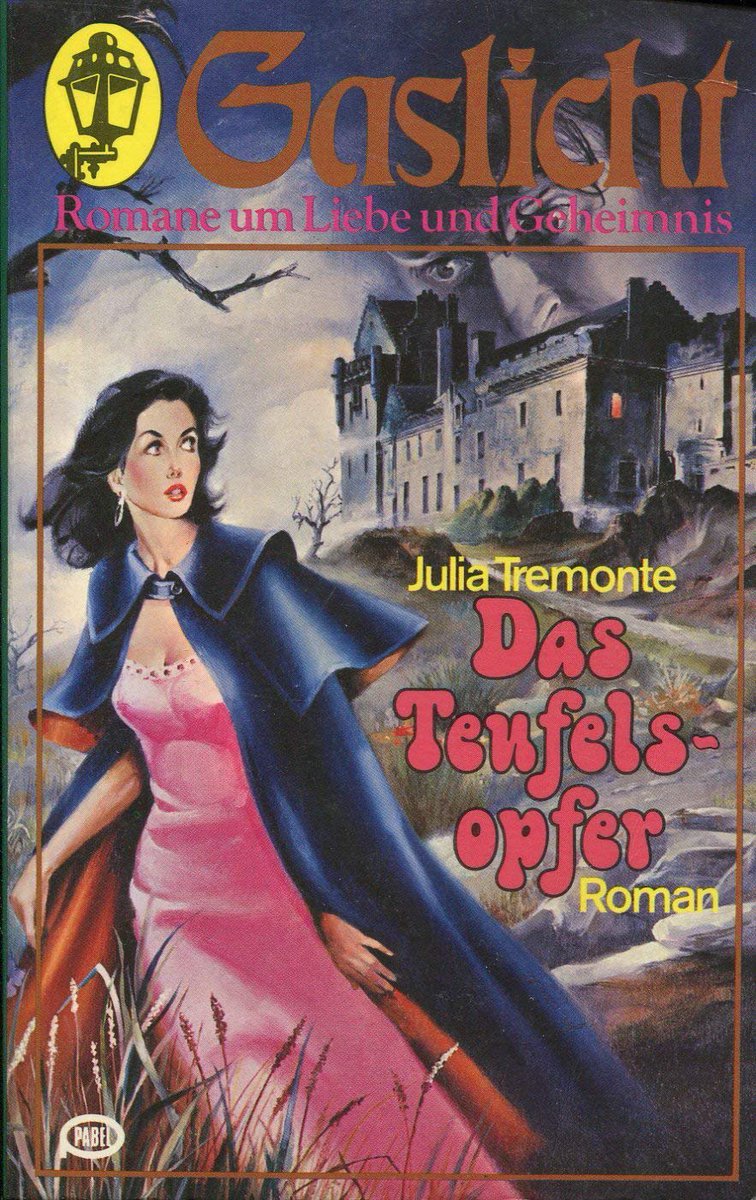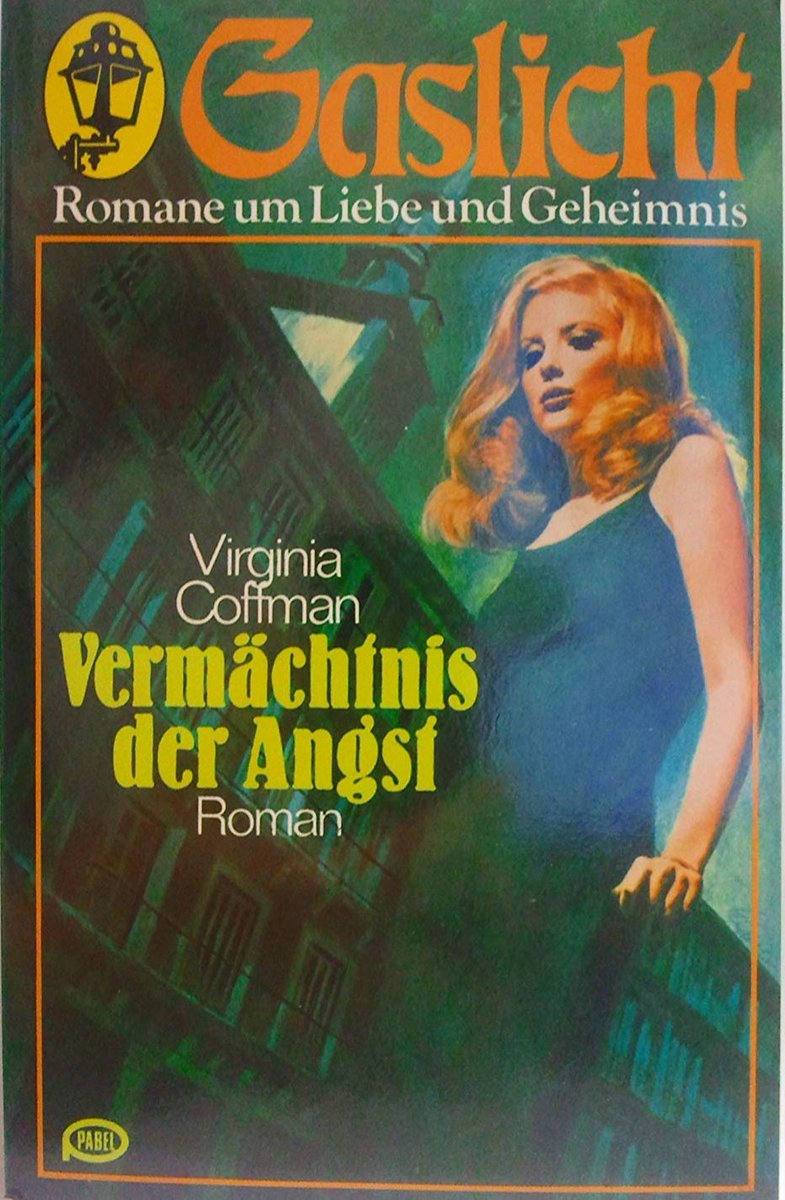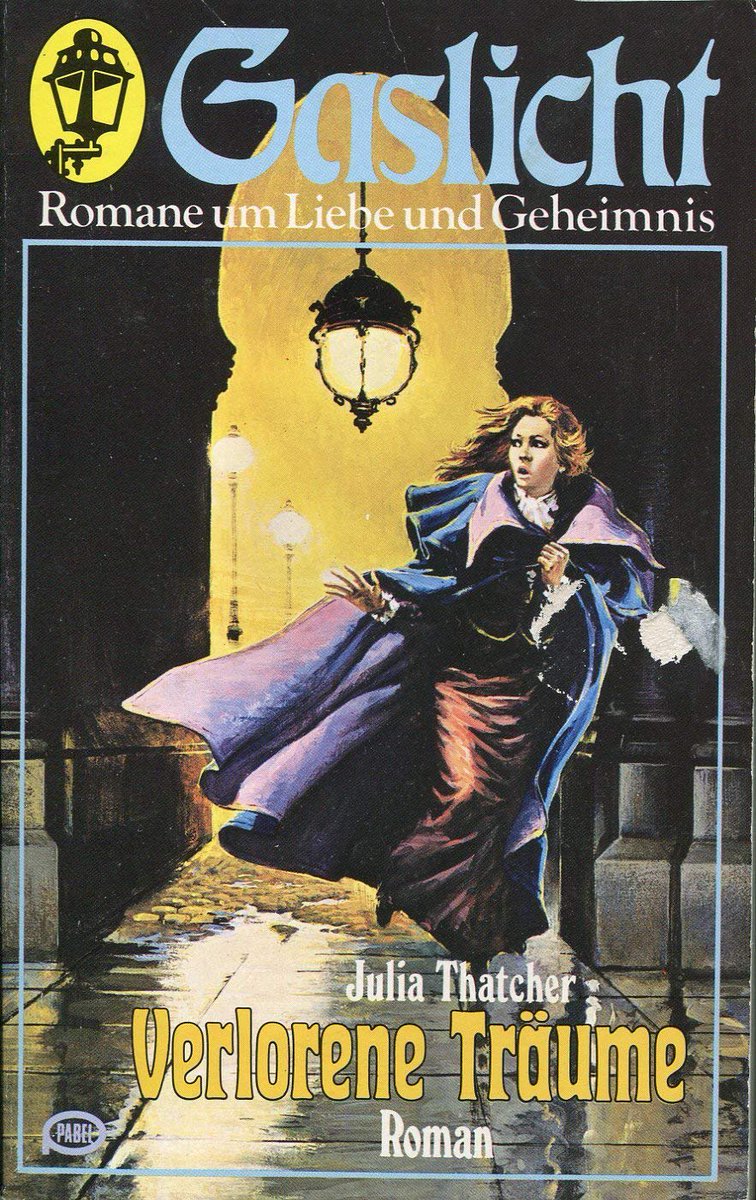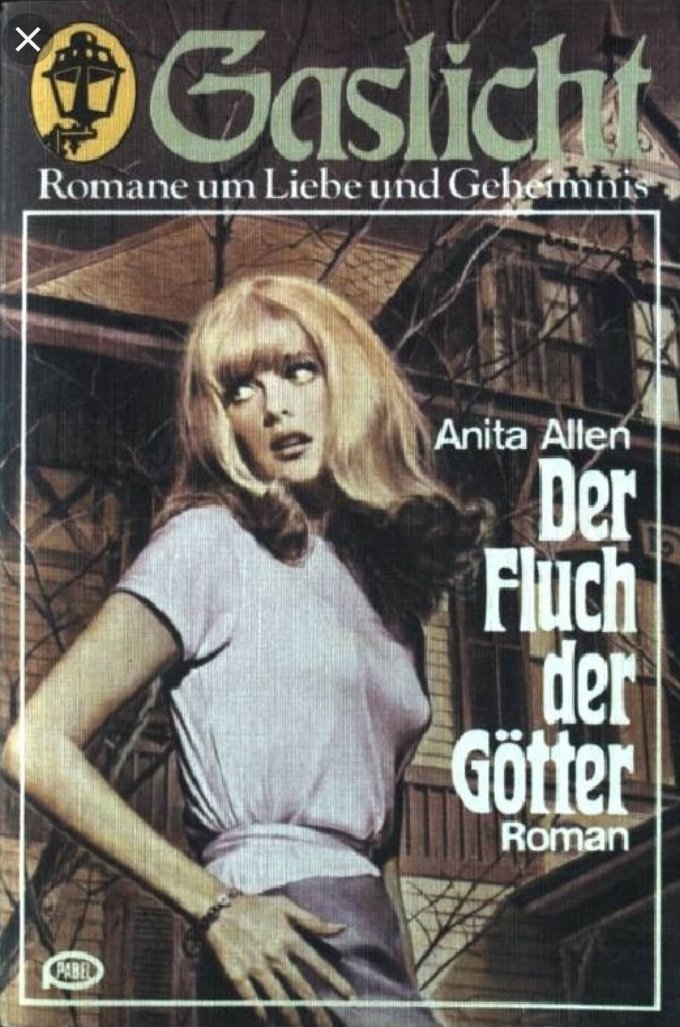Time once again for my occasional series "Women with great hair fleeing gothic houses." And today we visit Germany!
This may involve compound nouns... #TuesdayMotivation
This may involve compound nouns... #TuesdayMotivation

Germany is of course the land of the spooky schloß, but there are many other domiciles that Frauen mit tollen Haaren can flee from... 

They can flee the God-awful medieval banquet they put on for tourists at Marksburg Castle, before the jesters appear and everyone throws up their rotisserie chicken and beans... 

Many German towns now frown upon women with great hair turning up unannounced at local historic monuments and demanding to flee them. These are now routinely locked after 5pm to stop such goings on, although you can apply for a municipal 'erlaubnis zu fliehen' in certain Länder. 

Some German women are experimenting with cross-genre fleeing; for example fleeing an Aztec castle in the manner of Lara Croft. I doubt it will catch on, but well done for trying. 

German men are also trying to get in on the gothic fleeing scene nowadays, but German women quite frankly aren't putting up with it! 

• • •
Missing some Tweet in this thread? You can try to
force a refresh































